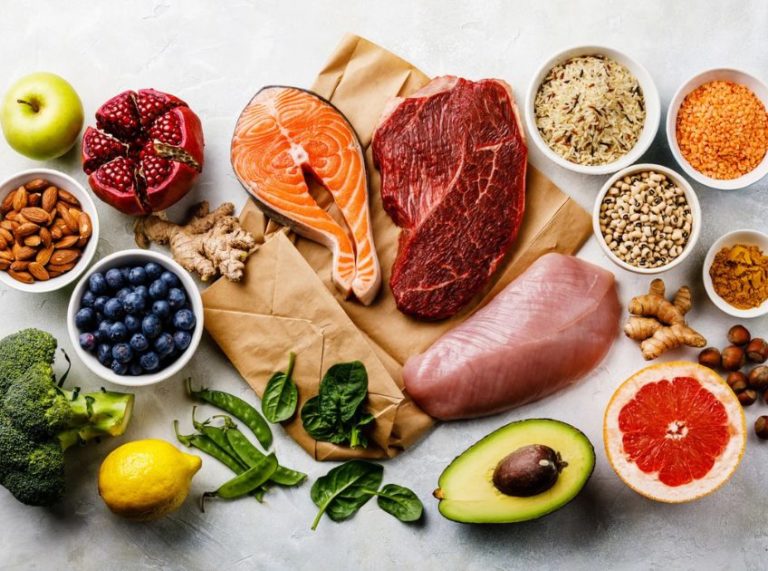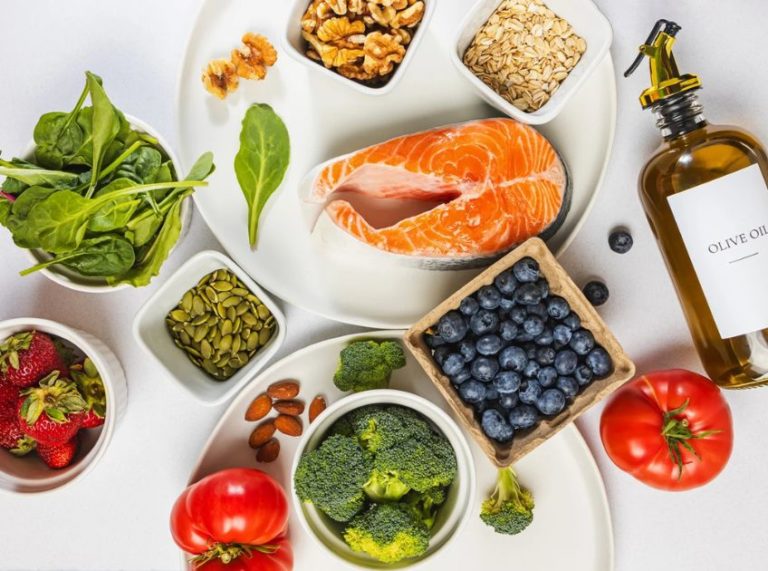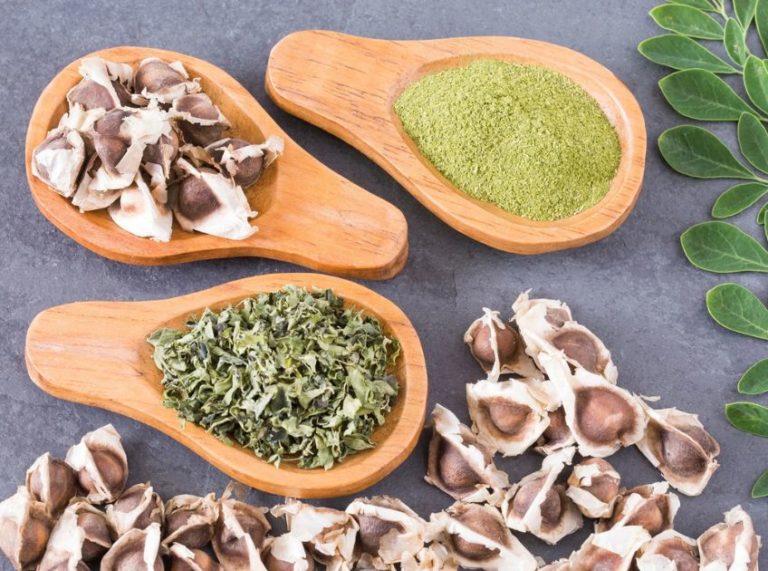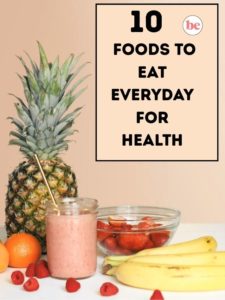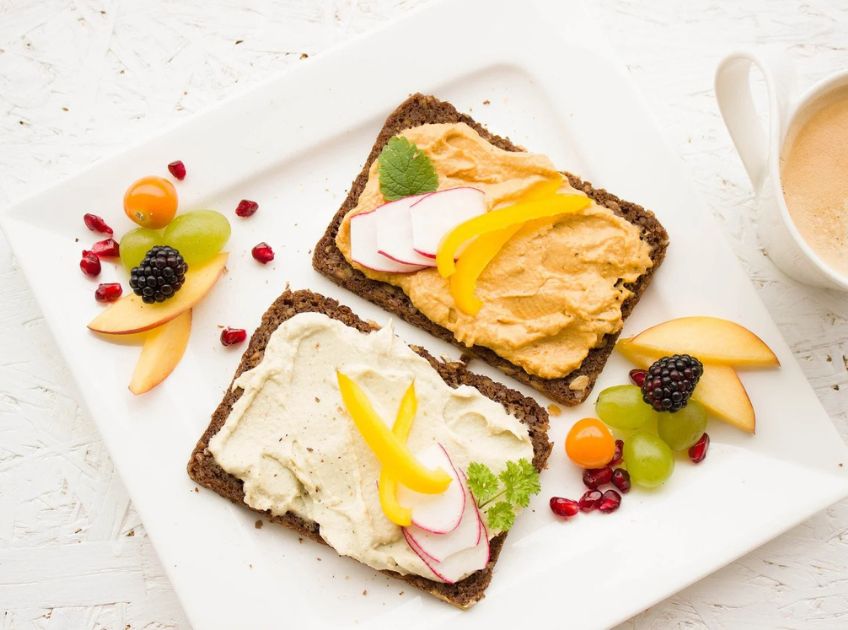
Important: This article is for informational purposes only. Please read our full disclaimer for more details.
Starting your day with a calorie-deficient breakfast doesn’t mean eating bland, boring, or unsatisfying meals. With the right recipes, you can enjoy flavourful, nutrient-dense breakfasts that keep you full longer, fuel your body, and support your weight loss goals without feeling deprived.
In this post, we’ll dive into the science of calorie-deficient breakfasts, share 12 simple and delicious recipes, and address common questions to help you make the most of breakfast on your weight loss journey.
Why Calorie Deficit Breakfasts Work for Weight Loss
A calorie deficit happens when you consume fewer calories than your body burns, forcing your body to use stored fat for energy. Breakfast plays a key role because it helps regulate appetite and stabilizes energy levels throughout the day.
Skipping breakfast might sound like an easy way to cut calories, but studies suggest it can backfire, causing increased cravings and overeating later. Instead, the focus should be on balanced, low-calorie meals that provide protein, fiber, and healthy fats.
Science-Backed Insights
- A 2021 study published in the Journal of Nutrition found that people who eat a high-protein breakfast report 22% less hunger and consume fewer calories throughout the day (1).
- Research from the American Journal of Clinical Nutrition shows that fiber-rich breakfasts stabilize blood sugar levels, reducing mid-morning cravings (2).
- A meta-analysis in Obesity Reviews highlights that nutrient-dense, low-calorie meals improve satiety, making it easier to stick to a calorie deficit (3).
12 Easy Calorie Deficit Breakfast Recipes
These recipes are low in calories, high in nutrients, and designed to keep you satisfied while promoting fat loss.
1. Greek Yogurt Parfait with Berries
Calories: ~180 kcal
Ingredients
- ½ cup low-fat Greek yogurt
- ½ cup mixed berries
- 1 tsp chia seeds
Why it works: Packed with protein and antioxidants, it boosts gut health and keeps you full.
2. Veggie Egg White Scramble
Calories: ~160 kcal
Ingredients
- 3 egg whites
- ½ cup spinach, tomatoes, and bell peppers
- 1 tsp olive oil
Why it works: High in protein and low in fat, perfect for muscle preservation while in a calorie deficit.
3. Overnight Oats with Almond Milk
Calories: ~220 kcal
Ingredients
- ⅓ cup rolled oats
- ½ cup unsweetened almond milk
- 1 tsp chia seeds
- A few blueberries on top
Why it works: Slow-digesting carbs help maintain stable energy and keep you satisfied.
4. Avocado & Tomato Whole-Grain Toast
Calories: ~230 kcal
Ingredients
- 1 slice whole-grain bread
- ¼ avocado
- 2 tomato slices
Why it works: Combines healthy fats and fiber for longer satiety.
5. High-Protein Pancakes (Oats + Egg Whites + Banana)
Calories: ~200 kcal
Ingredients
- ¼ cup rolled oats
- 2 egg whites
- ½ mashed banana
Why it works: A sweet, filling breakfast that supports muscle retention while reducing fat.
6. Smoothie Bowl with Spinach & Protein Powder
Calories: ~190 kcal
Ingredients
- ½ frozen banana
- ½ cup spinach
- ½ scoop protein powder
- ½ cup almond milk
Why it works: Protein-packed and nutrient-dense, ideal for on-the-go mornings.
7. Cottage Cheese with Cucumber & Flaxseeds
Calories: ~170 kcal
Ingredients
- ½ cup low-fat cottage cheese
- ½ chopped cucumber
- 1 tsp flaxseeds
Why it works: Slow-digesting protein keeps you full and supports lean muscle.
8. Chia Seed Pudding with Apple & Cinnamon
Calories: ~200 kcal
Ingredients
- ½ cup almond milk
- 1 tbsp chia seeds
- ½ grated apple
- A pinch of cinnamon
Why it works: Fiber-rich and naturally sweet, helping to stabilize blood sugar.
9. Quinoa Porridge with Almonds
Calories: ~210 kcal
Ingredients
- ¼ cup cooked quinoa
- ½ cup almond milk
- 1 tsp chopped almonds
Why it works: Quinoa is a complete protein, making this porridge both filling and weight-loss friendly.
10. Green Detox Smoothie
Calories: ~150 kcal
Ingredients
- 1 cup spinach
- ½ cucumber
- ½ green apple
- ½ scoop protein powder
Why it works: Hydrating and low-calorie, perfect for flushing out toxins.
11. Almond Butter Banana Wrap
Calories: ~220 kcal
Ingredients
- 1 small whole-wheat tortilla
- 1 tsp almond butter
- ¼ sliced banana
Why it works: Combines healthy fats, protein, and fiber for a portable breakfast.
12. Tofu Veggie Scramble (Vegan Option)
Calories: ~180 kcal
Ingredients
- 100g firm tofu
- ½ cup spinach, mushrooms, and onions
- 1 tsp olive oil
Why it works: A plant-based protein powerhouse that’s low in calories and high in nutrients.
Frequently Asked Questions (FAQ’S)
Q1. How many calories should a weight-loss breakfast have?
A. Aim for 200–350 calories, depending on your total daily calorie goal and activity level.
Q2. Is skipping breakfast good for weight loss?
A. It depends. While intermittent fasting works for some, skipping breakfast can trigger cravings and overeating later in the day for others.
Q3. Can I eat carbs in a calorie-deficient breakfast?
A. Absolutely! Choose complex carbs like oats, quinoa, and whole grains for long-lasting energy without spiking blood sugar.
Eating a calorie-deficient breakfast doesn’t mean sacrificing taste or satisfaction. With these 12 delicious, nutrient-packed recipes, you can start your mornings feeling energized, stay full longer, and keep your weight loss on track.
